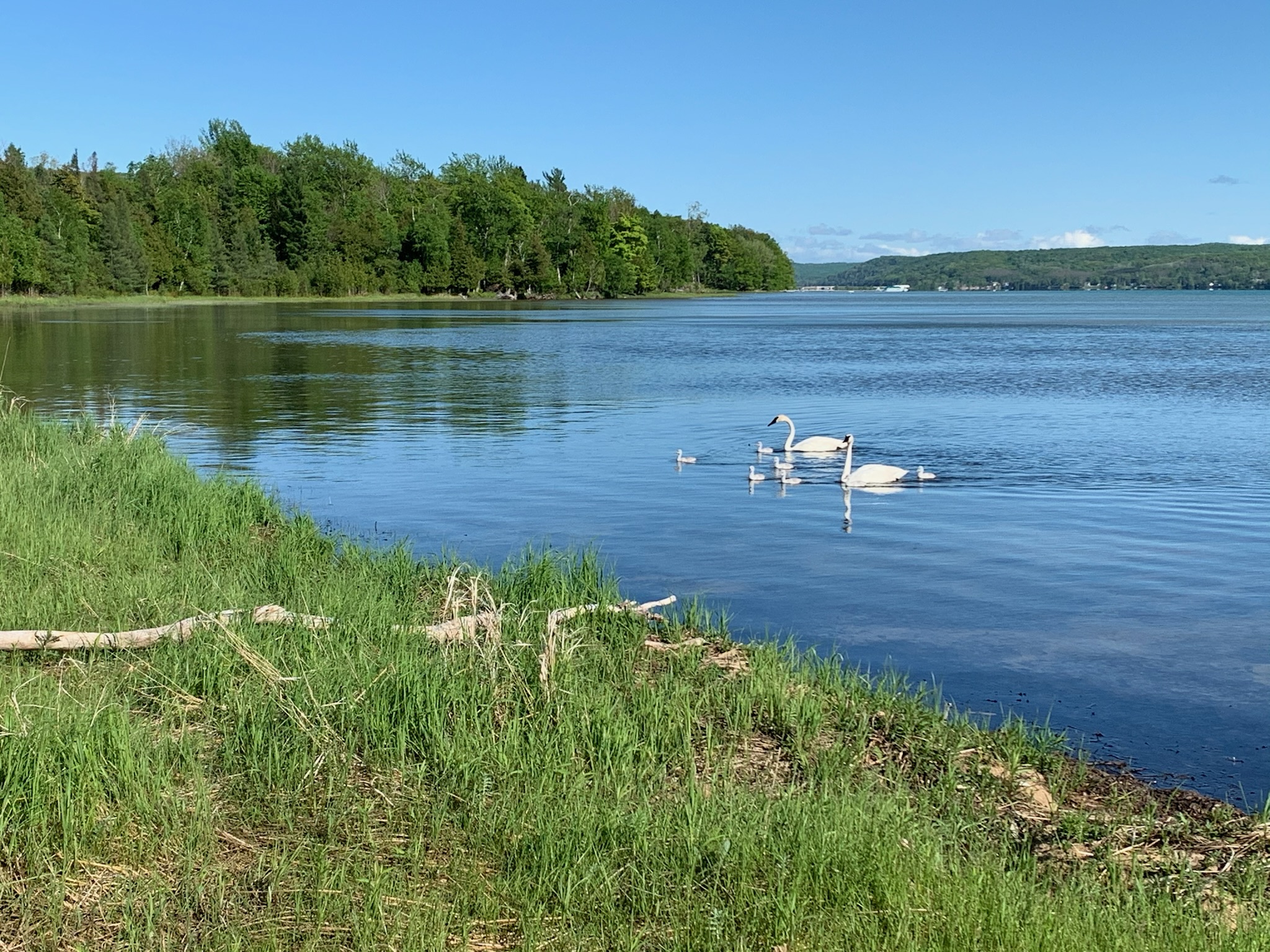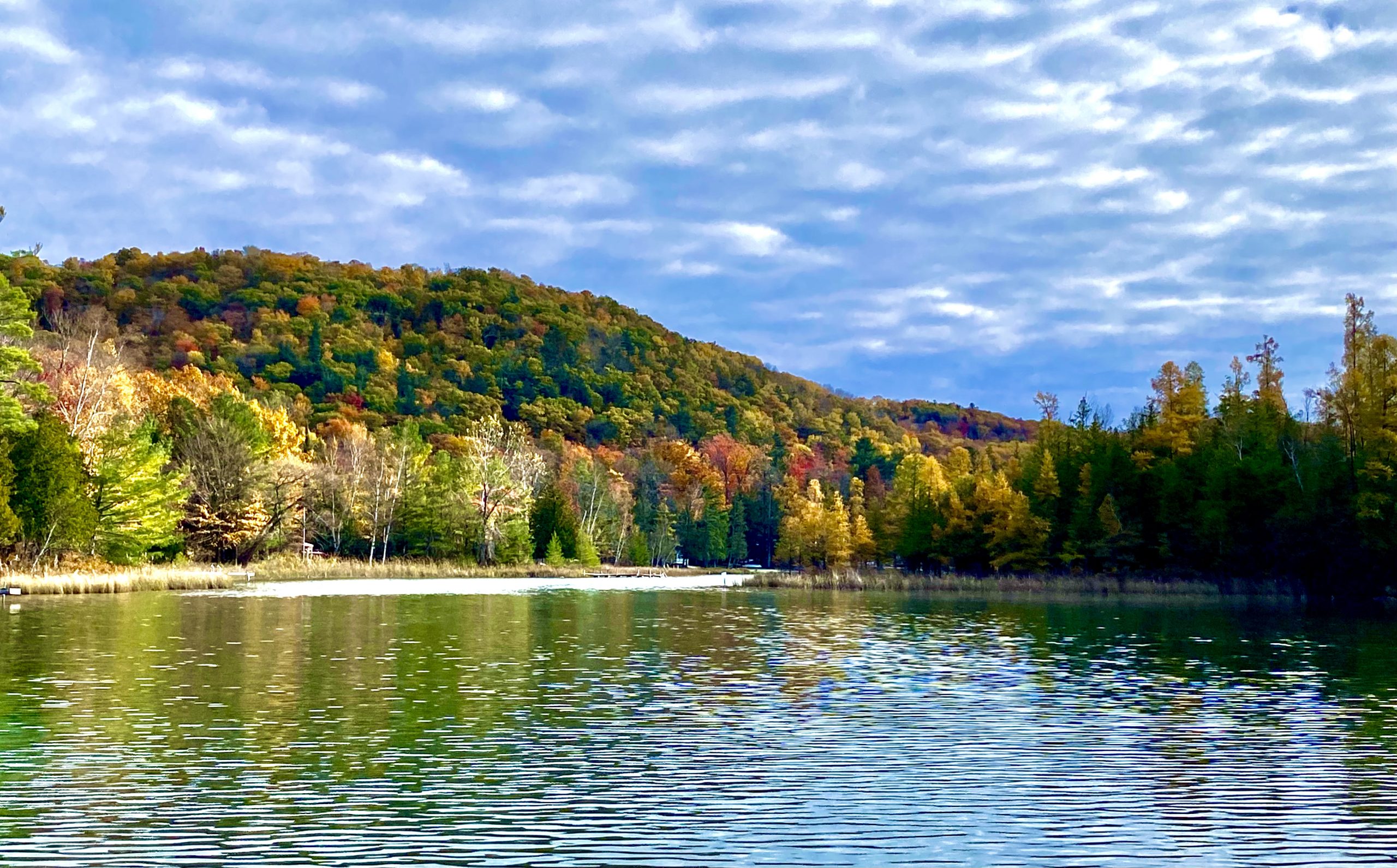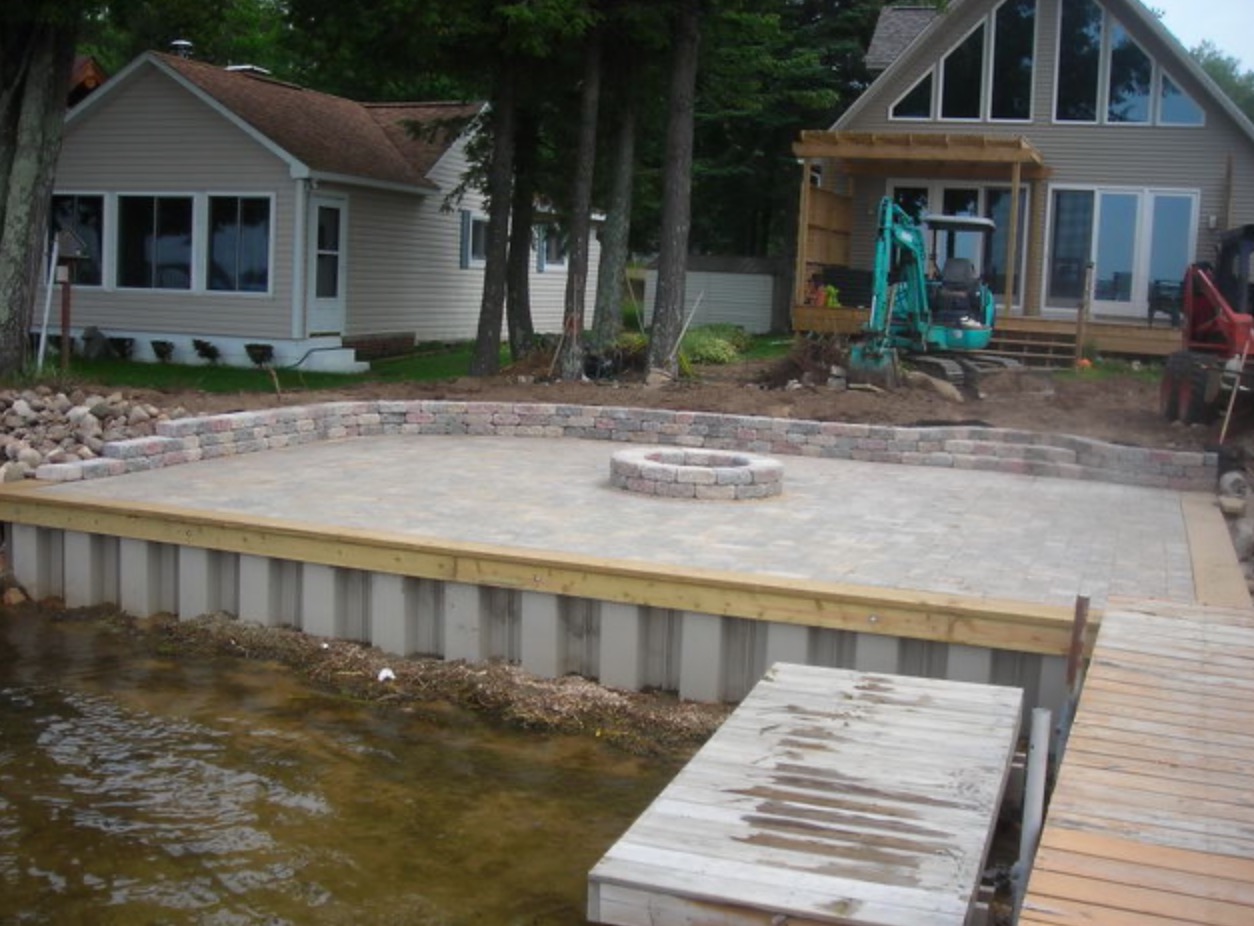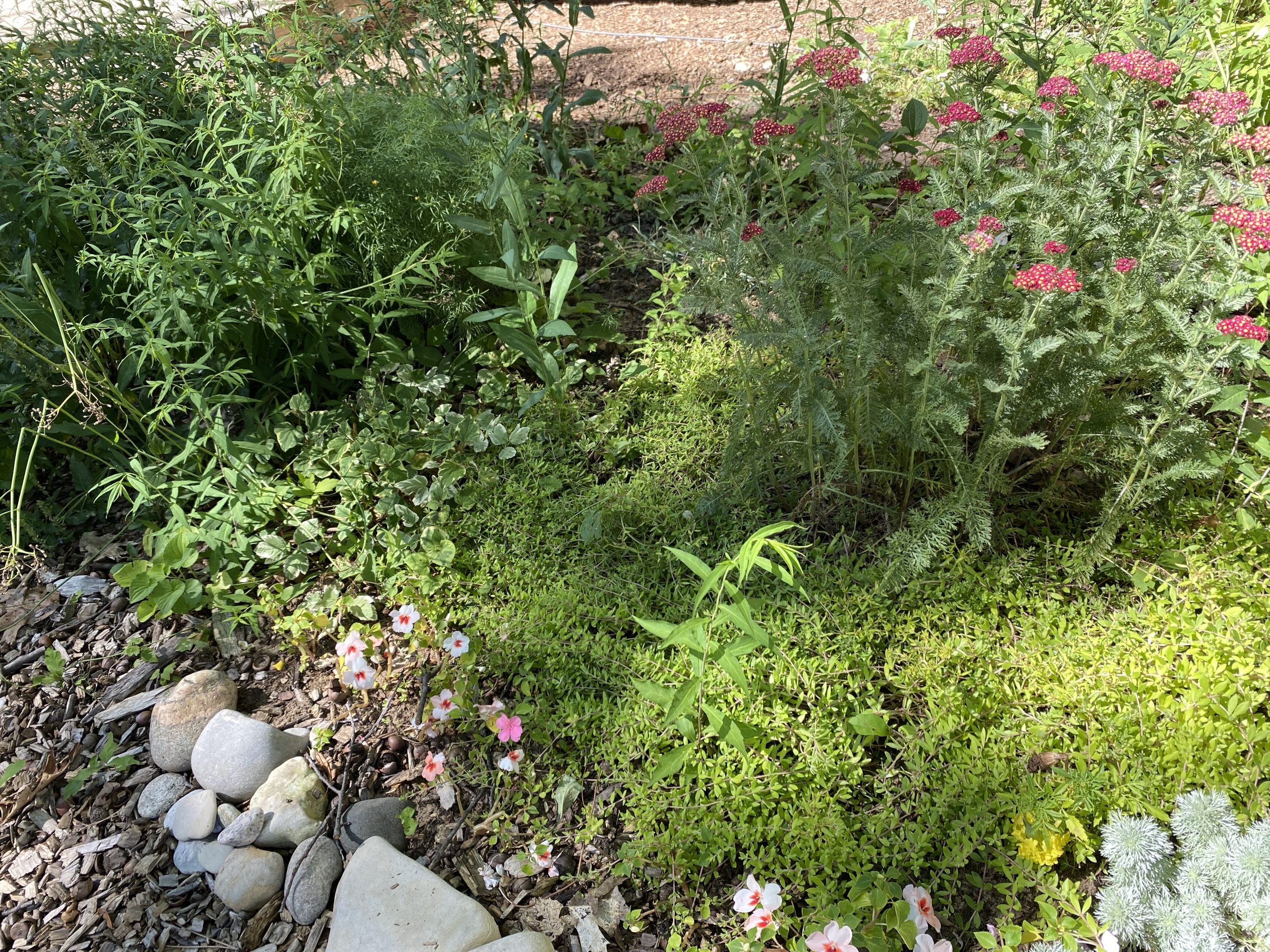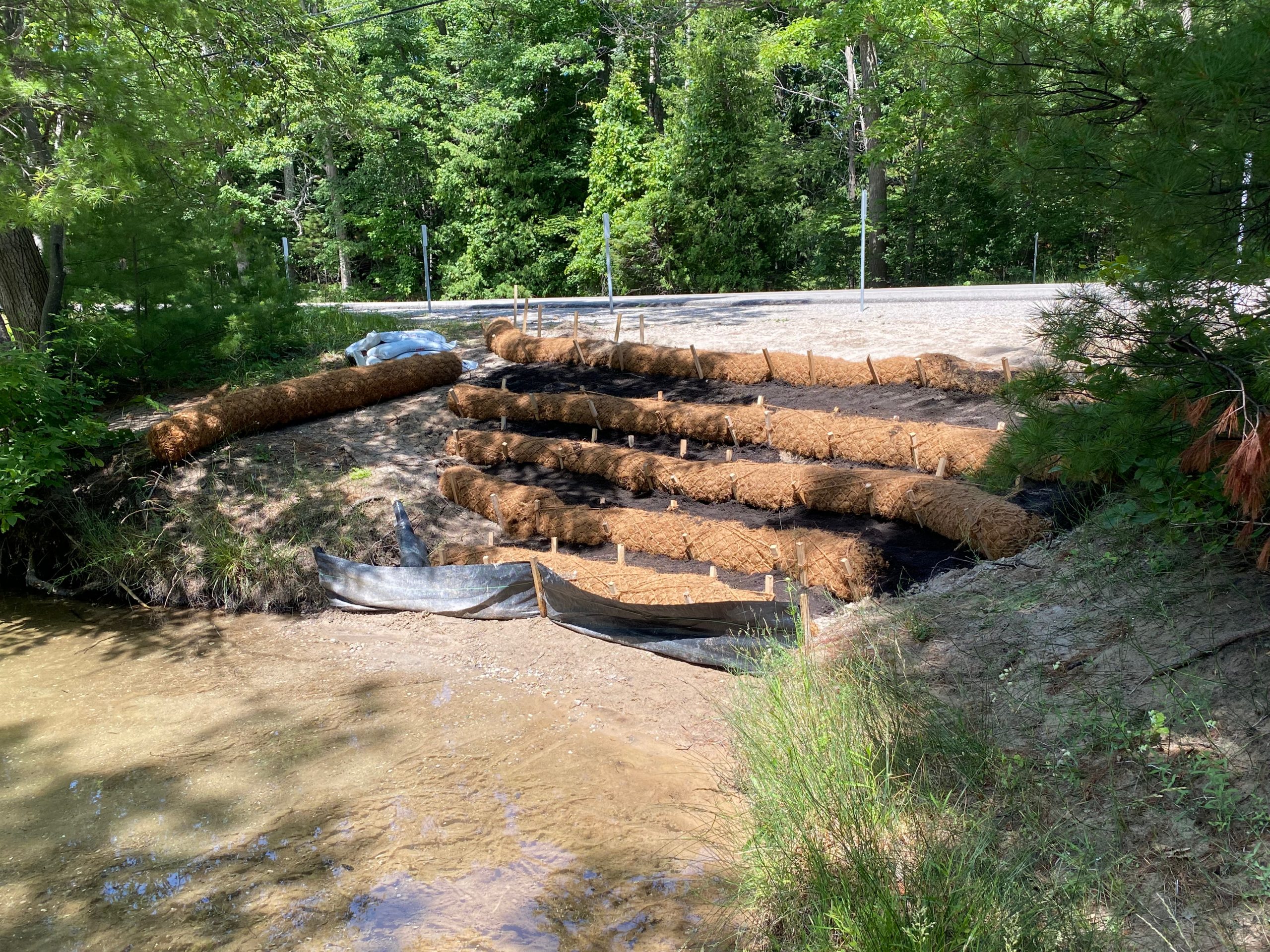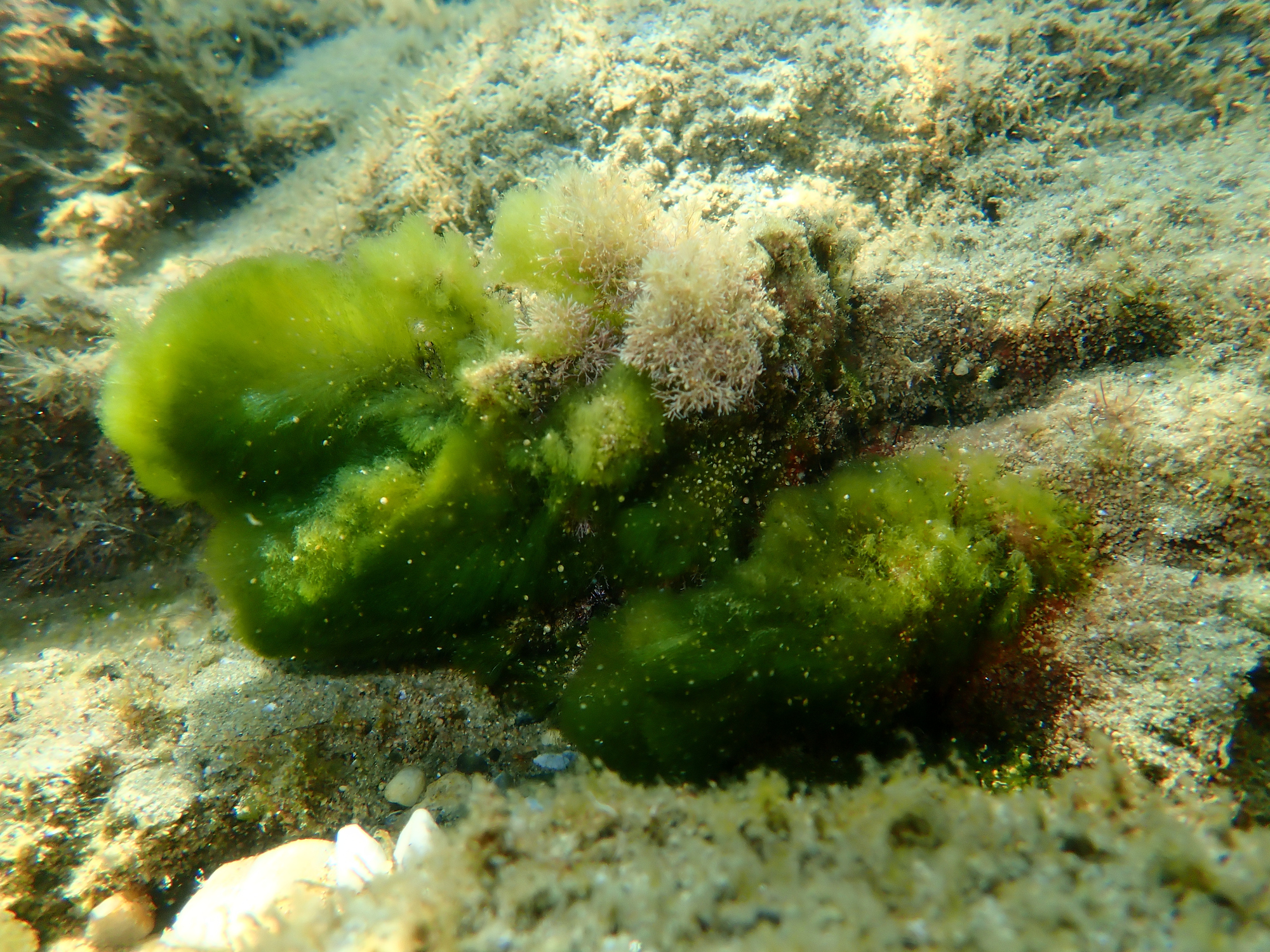SHORELINE & STREAMBANK PRESERVATION
Green keeps the water clean!
The condition of our shorelines and stream banks is a critical factor affecting the health of the Glen Lake/Crystal River Watershed. You can help protect the watershed by preserving your natural shoreline or stream bank. The Glen Lake Association offers free, on-site consultations to riparians. Our expert staff will address your questions and concerns and provide lake-friendly suggestions for preserving your shore.
Did you know?
The loss of natural shorelines and streambanks is the number one threat to water quality. Natural shorelines and streambanks protect the lakes and rivers from stormwater pollution, prevent soil erosion, and provide essential habitat for fish and wildlife.
When you schedule a shoreline or stream bank consultation with the Glen Lake Association, we will listen to your concerns and perform a thorough analysis of your property. Afterwards, we will develop a recommendation for naturalized shoreline or streambank landscaping including design options, referrals to plant material sources, soil preparation and planting suggestions, and mulching and maintenance tips.
Schedule a free shoreline or streambank consultation today!
BECOME A SHORELand STEWARD
The Michigan Natural Shoreline Partnership’s “Shoreland Stewards” program encourages riparians to manage their property in a manner which best protects the lakes, streams and groundwater. The program’s online survey will help you assess how well your property management practices are protecting the water. It will also identify opportunities for improvement. Take the survey today and see if you qualify for Shoreland Steward recognition!
The Michigan Natural Shoreline Partnership offers these easy and inexpensive tips for preventing erosion and protecting water quality:
- Site your house a minimum of 100 feet from the lake or river
- Keep as many trees, shrubs, and native plants as possible
- Limit turf grass, especially at the water’s edge
- Minimize impervious surfaces on your property and avoid putting any in the “buffer zone”
- Share the shore with aquatic plants, only removing enough to get your boat through or to have a small swimming area
EROSION CONTROL & SEAWALLS
The shorelines of Glen Lake are by nature’s design an ever-changing phenomenon. Wind, waves, and ice peel away or build-up the shoreline in irregular and unpredictable patterns.
When this happens, riparians may be tempted to install a rock wall or seawall in order to stop erosion. However, these artificial barriers can generate more problems than they solve and are detrimental to the health of the lake ecosystem.
Seawalls remove vital wildlife habitats, do not absorb or filter nutrient runoff from land, and intensify wave energy onto neighboring shorelines causing increased erosion and sedimentation. Seawalls are also very expensive and can be unsightly. Instead, consider lake-friendly bio-engineering alternatives such as coir log installation. If you are interested in learning more about best management practices for erosion-control or wish to remove your engineered seawall, please contact the Glen Lake Association for a free shoreline consultation.
Please note, all shoreline alterations require a permit from the Michigan Department of Environment, Great Lakes, and Energy (EGLE).
LAKE-FRIENDLY STRATEGIES FOR EROSION CONTROL
Follow these lake-friendly strategies along your shoreline or streambank to preserve and protect the the water. The Glen Lake Association is always available to answer you questions, consult with you at your home, or refer you to local contractors.
Avoid Beach Sanding
“Beach sanding” is the practice of creating an artificial sandy beach where one would not naturally occur. This happens when riparians add truckloads of sand to their shoreline or when shoreline plants are removed, exposing existing sand in the process.
So what’s so bad about beach sanding? Artificial beaches act as a racetrack for contaminated stormwater and fertilizer to run directly into the lake.

Once an artificial beach has been created, maintenance becomes an ongoing challenge since the sand tends to wash away and native plants will naturally attempt to reestablish themselves. Water quality is further degraded if homeowners try to eliminate these plants using chemical weed-killers.
If you would like to restore your shoreline or stream bank to its natural state, please contact the Glen Lake Association for a free shoreline consultation!
Use Native Michigan Plants
Native Michigan plants provide the deep root structure necessary for stabilizing a shoreline. In addition, they thrive naturally—without chemical fertilization—and are essential for the survival of native wildlife and fish. Native species will require less care and grow more vigorously, but only if the chosen species match the growing conditions of your site.
Preserve or Establish a Buffer Zone
Wide vibrant strips of native vegetation, shrubs and trees along the shoreline are not only attractive but are an important contributor to water quality. These “buffer zones” can keep huge amounts of nutrients such as phosphorus and nitrogen from washing into the water. The vegetation slows the speed of runoff, allowing sediments to settle out and the nutrients to be absorbed by the plant roots.
Buffers deliver numerous benefits to property owners. They stabilize erodible shorelines, provide privacy, cut winter heating bills by breaking wind velocity, and reduce lake and road noise. A buffer zone also discourages waterfowl from gathering and leaving their “calling cards” on your property. Finally, buffers provide shade which keeps the water cool enough to sustain trout and other cool-water aquatic populations. Native vegetation buffers, in particular, provide essential habitat for fish and wildlife.
Consider Bio-engineered Options to Stabilize Shorelines
In cases where shorelines must be stabilized in order to reintroduce native plants, bioengineered solutions may be appropriate. These may include coir log installation or temporary embankments reinforced by rip-rap. Bio-engineered strategies are great alternatives to permanent installation of rock walls or seawalls and are well worth considering.
monitoring the HEALTH OF THE SHORELINES
The Glen Lake Association continually monitors the health of the shorelines using aerial observation via drone technology and “on the shore” surveys via foot or boat. Shoreline surveys are intended to identify the presence of conditions or characteristics which could negatively impact water quality. This allows us to be proactive and develop strategies to address or remediate any concerns.
We Conduct Drone Surveys
In order to assess some of the factors affecting water quality, the Glen Lake Association uses drone technology to survey the shorelines of the Glen and Fisher lakes and the Harlem Creek sub-watershed. In doing so, we’re looking for evidence of shoreline erosion, measuring shoreline buffer health, monitoring for invasive plants, and following trends in riparian irrigation and erosion-control practices. This data enables us to better understand what might impact water quality and allows us to benchmark the health of our shorelines.
We Conduct Cladophora Surveys
Glen Lake Association performs regular cladophora surveys of Big and Little Glen Lakes. Cladophora is an easily identified filamentous green algae that grows rapidly when nutrients, such as phosphorus and nitrogen, are present. It is important to minimize the amount of these nutrients entering the lake because they cause excessive algae and plant growth, which negatively impact water quality.
By measuring the size of cladophora patches in shallow waters along the shoreline and estimating the average length of individual strands, the Glen Lake Association can assess the amount of nutrients entering the lake at a specific location.
Our lake biologist will then then partner with the homeowner to identify the source of the nutrients and make recommendations for reducing nutrient loading at the shoreline.
What Is Cladophora?
Cladophora is usually green and characteristically waves and undulates freely in the water current. Its branches are tufts that grow up to 8-10 inches in length. Cladophora can either occur in isolated clusters, or it can thickly carpet entire areas of the shallow waters. Clusters can also break loose and form balls which float around the lake.
Cladophora grows on rocks or other hard-surfaced bottom material on which it can anchor. It needs a moderate amount of wave action to grow. But most importantly, it needs a rich source of nutrients to thrive. Excess nutrients, in the form of phosphorus, can come from a faulty septic system, animal waste, or fertilizer which wash into the lake.
Solutions to Eliminate Excess Nutrient Loading From Your Property:
- Have your septic system inspected regulary (every 1-3 years), then repair and/or haved pumped if indicated.
- Eliminate factors that allow stormwater runoff and soil erosion
- Naturalize the shoreline using native plants which will filter or absorb nutrient runoff
- Avoid fertilizer use, and only use if indicated by a soil test. Always use a phosphorus-free fertilizer
- Irrigate with lake water
- Discontinue feeding waterfowl and discourage them by creating a shoreline buffer strip
Don’t panic at the sight of cladophora growing along your shoreline! Cladophora growth can help to pinpoint problem areas. If you do notice it growing along your shore or downstream, please contact us for a free consultation.
